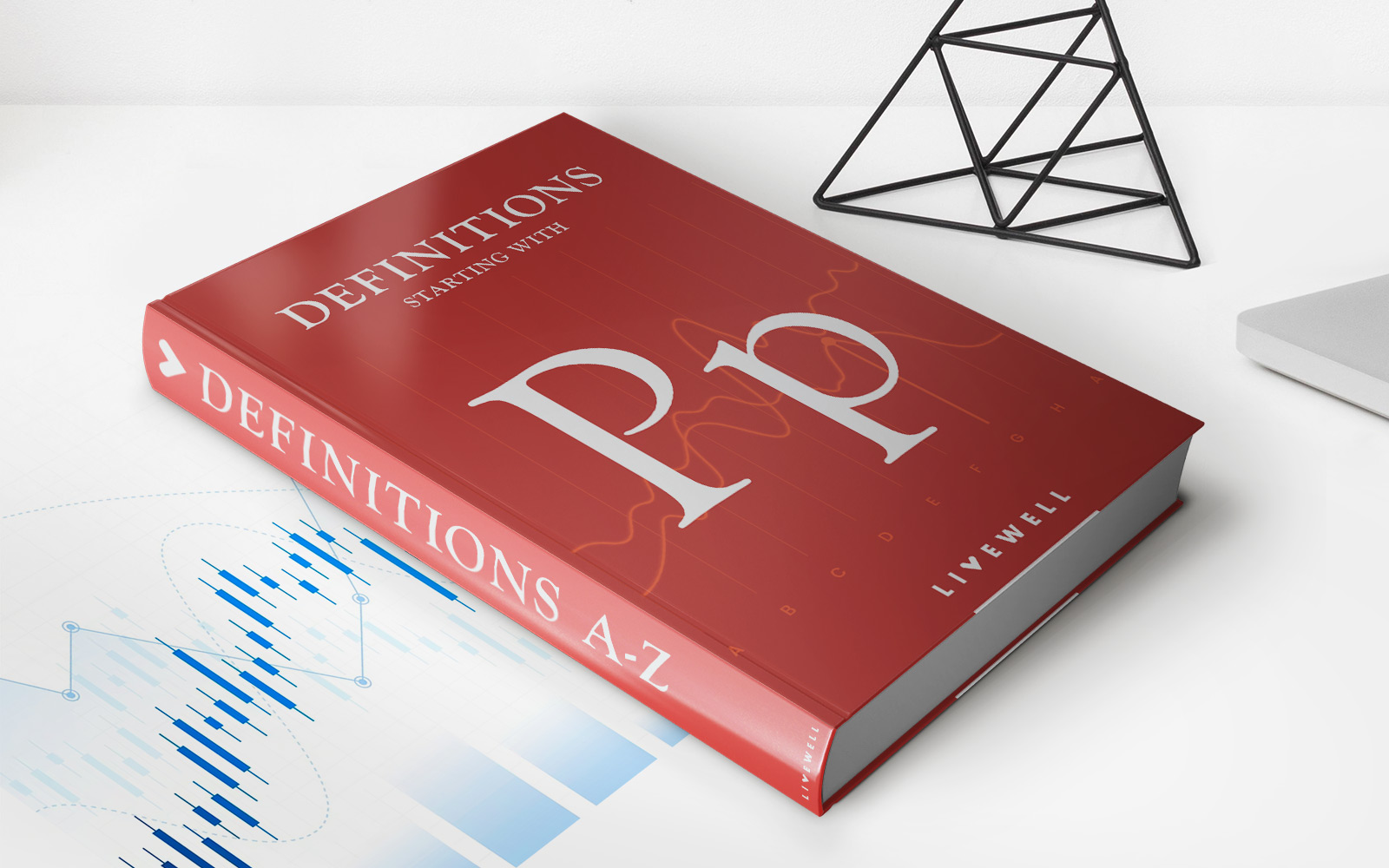

Finance
Margin Creep Definition And Example
Published: December 22, 2023
Learn the definition and example of margin creep in finance, the gradual reduction of profit margins due to increasing costs or decreasing sales. Get insights and tips to manage this challenge in your business.
(Many of the links in this article redirect to a specific reviewed product. Your purchase of these products through affiliate links helps to generate commission for LiveWell, at no extra cost. Learn more)
The Margin Creep Definition and Example: Understanding How it Impacts Your Finances
Welcome to our Finance blog category where we discuss various financial topics that can help you make informed decisions for your financial well-being. In this blog post, we are going to dive deep into a concept called “Margin Creep” and explore its definition and example. So, what exactly is Margin Creep, and how does it affect your financial situation? Let’s find out!
Key Takeaways:
- Margin creep refers to the gradual increase in expenses without a corresponding increase in income, leading to a decline in your financial margin.
- It is crucial to identify and address margin creep to prevent long-term financial instability.
Imagine this scenario: You have worked hard to create a budget and have managed to stick to it for a few months. But suddenly, you notice that your monthly expenses are slowly increasing, while your income remains the same. This phenomenon is known as “Margin Creep.”
Margin Creep is characterized by the gradual increase in expenses, such as dining out more frequently, subscription services, or even small impulse purchases, without a corresponding increase in income. Over time, these incremental expense increases can erode your financial margin, leaving you with less disposable income and potentially pushing you towards financial instability.
Now that we understand the concept of Margin Creep, let’s take a look at an example to make it clearer:
Meet Sarah. Sarah is a working professional with a stable income. She has a budget in place and has been diligent about tracking her expenses. However, lately, Sarah has noticed that her monthly expenses seem to be increasing gradually, even though she can’t pinpoint any major changes in her lifestyle.
Upon closer examination, Sarah realizes that she has been swiping her credit card more frequently without paying attention to the growing balance. She has also subscribed to a few monthly subscription services, signed up for additional streaming platforms, and indulged in impulse purchases during her daily errands. While these expenses seem small at first glance, they have added up significantly over time, leading to a decline in Sarah’s financial margin.
Now that we have seen an example of Margin Creep, how can we address it? Here are a few tips:
- Track and analyze your expenses: Maintain a detailed record of your expenses to identify areas where your spending might be increasing without reason. This can help you prioritize and cut back on unnecessary expenses.
- Create a realistic budget: Review your financial goals and create a budget that aligns with your priorities. Ensure that your income exceeds your expenses, allowing you to build a healthy financial margin.
- Practice mindful spending: Before making a purchase, evaluate whether it is a necessity or a luxury. Consider the long-term impact of small expenses that can accumulate over time.
- Avoid impulse spending: Take a pause before making impulsive purchases. Ask yourself if the item or service is something you truly need or if it will add value to your life in the long run.
- Review and reassess regularly: Regularly review your budget and expenses to ensure you are staying on track. Make adjustments as necessary and stay vigilant about keeping Margin Creep at bay.
By actively addressing Margin Creep and making conscious financial decisions, you can protect and grow your financial margin, setting yourself up for long-term financial stability and success.
We hope this blog post has provided you with a clear understanding of Margin Creep and its impact on your financial situation. Remember to stay mindful of your spending habits, track your expenses, and regularly reassess your budget to keep Margin Creep in check.
For more finance-related articles and helpful tips, feel free to explore our Finance blog category. Until next time, stay financially empowered!














